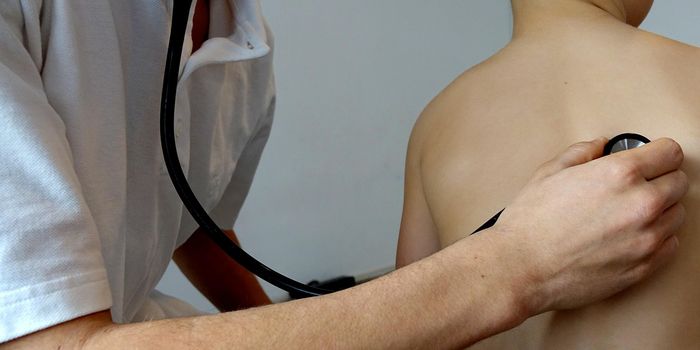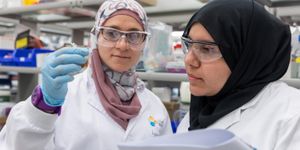The 3D Ultrastructure of a Cell is Revealed
In order to learn more about human physiology, researchers have to make visual observations. Seeing what's going on inside of cells presents many challenges that advances in microscopy have tried to address. Researchers have now applied a cutting-edge microscopy tool called cryo-SR/EM to merge images gathered from electron and super-resolution light microscopes to generate clear, three-dimensional pictures of the insides of cells. Vesicles that shuttle cargo, the rearrangement of DNA as cells change identity, and the interaction between neighboring cells are processes that have all been visualized in detail.
While light and fluorescence microscopy has enabled scientists to analyze cellular structures, that comes after fluorescent labels have been applied. Those labels can only be added to so many things, leaving thousands unidentified. On the other hand, all structures can be seen with electron microscopy, but inside of a cell, everything is crowded together, making things very difficult to identify since nothing at all is labeled. In this work, which was reported in Science, the two techniques were merged, and specific features could be put in the context of their surroundings.
"This is a very powerful method," said Harald Hess, a senior group leader at the Howard Hughes Medical Institute's Janelia Research Campus.
In cryo-SR/EM, cells are frozen under high pressure, then placed in a cryogenic chamber and imaged at extremely low temperatures. Next, they're removed and embedded in a resin, then visualized using electron microscopy that uses a beam to remove every cellular layer after it is imaged. All of the image data is reconstructed and overlaid with a computer. The interior of cells can then be seen with tremendous detail and clarity.
The videos demonstrate the power of the technique. "There's already been a lot of interest," said Hess. "There are so many more experiments to do -- a whole world of cells out there to study."
Specialized cells perform many different functions in the body, but they must first be made from stem cells. Images in the top video show how the DNA in the nucleus of a maturing neuron changes over time; it is repackaged as the cell differentiates, and various genes have to be turned on and off.
"The technique provided an amazingly detailed snapshot of the state of the nucleus before and after differentiation," said David Solecki of St. Jude Children's Research Hospital, who worked on the project.
As neurons develop, they stick together, which is shown in the video above. The linkages were revealed by the microscopy technique, as neurons migrate to their place in the nervous system.
In the video below, vesicles, which are small sacks that contain stored proteins or cellular garbage, can be seen carrying cargo. With an electron microscope, the different types of vesicles can't be told apart, but cryo-SR/EM can reveal their distinct features. A type of vesicle called an endosome is shown in the video.
Sources: AAAS/Eurekalert! via Howard Hughes Medical Institute, Science








